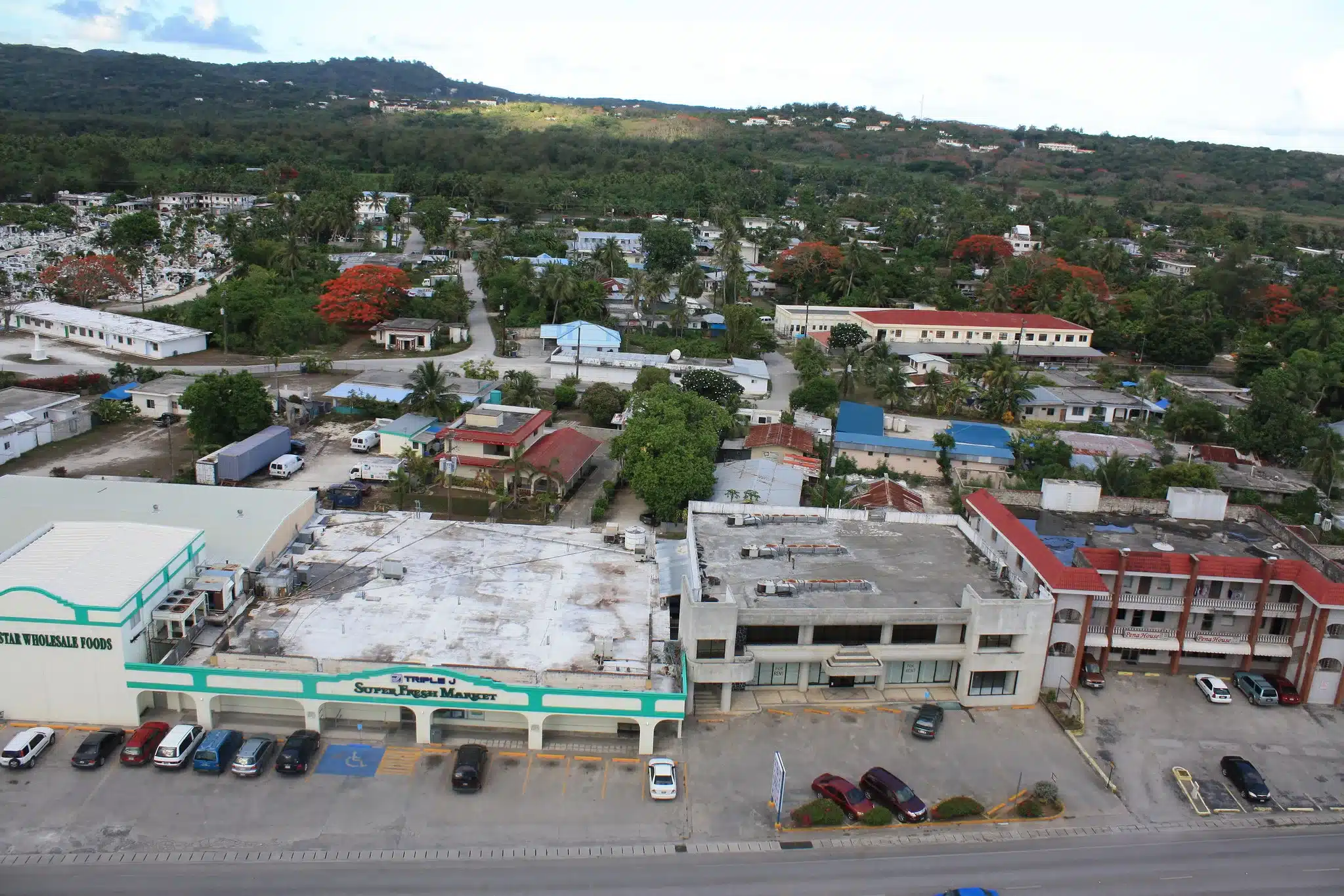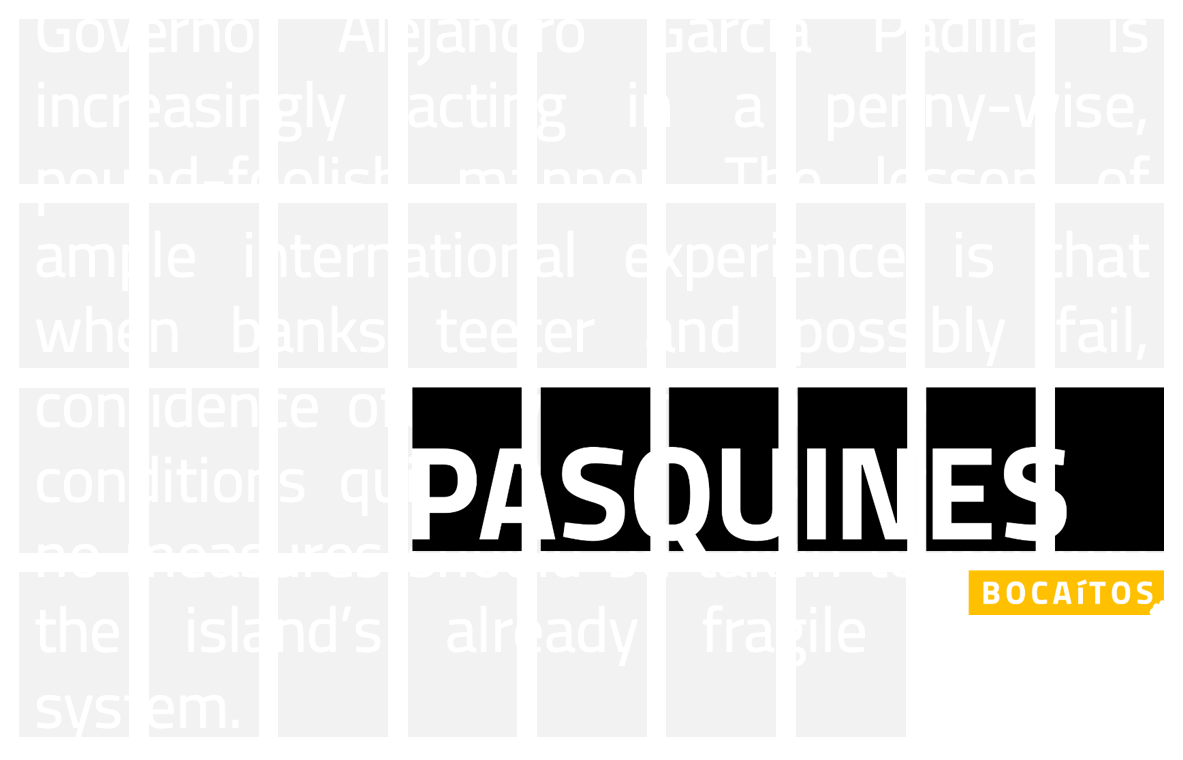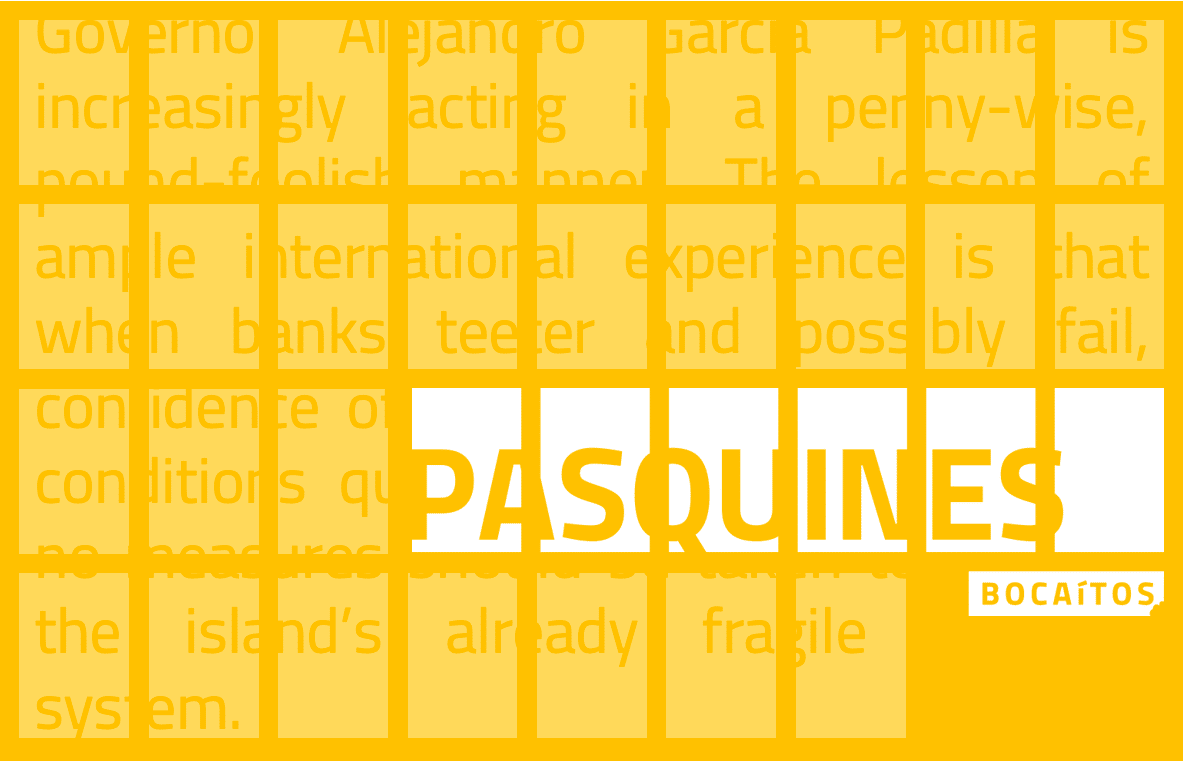Breadfruit is common to many tropical places, including the Caribbean, Central and South America, and Oceania. Most botanists believe it originated in Oceania on islands like Tahiti and New Guinea. British botanist Sir Joseph Banks spoke of the nutritional qualities and hardiness of the breadfruit and the breadfruit tree to King George III and convinced the King to import them to the royal colonies for the slaves to eat. The 1788 envoy to Oceania became infamous for reasons entirely unrelated to breadfruit (read more about the HMS Bounty and its mutiny, 1789), and it failed to bring any trees to the New World. Other naval ships were sent out between 1791 and 1793 which succeeded in bringing breadfruit to major slave port cities such as Kingston, Jamaica and St. Vincent. From there it spread to the rest of British, Spanish, and French colonial holdings in the New World. Almost universally black slaves refused to eat breadfruit, particularly on British colonies. However, one notable exception was Puerto Rico.
Breadfruit is enthusiastically embraced by Puerto Rican palates, incorporated into many dishes, and missed terribly by Puertorriqueños who have left home and live in a place where the superfruit is not available for sale. Thanks to the mass propagation methods developed by Global Breadfruit, the large population of Puerto Rican descendants living on the East Coast of the US will soon be getting a taste of their homeland as local PR farmers have begun planting breadfruit orchards and developed distribution channels to serve the fresh fruit market in New York. Many other Puerto Rican farmers have planted breadfruit to capitalize on the lucrative products of the superfruit.
Puerto Ricans almost immediately accepted breadfruit (known locally as pana) into their cuisine and it remains so to this day.













